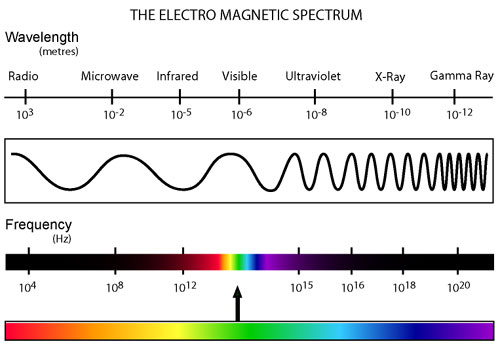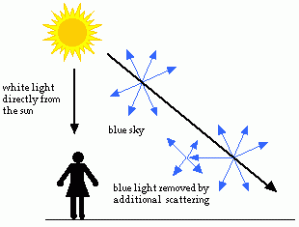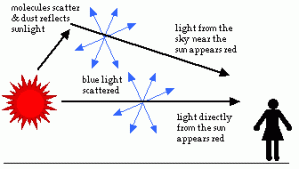Based on the transliteral meaning of photography, “drawing with light”, it becomes necessary that we first familiarize ourselves with the nature of light and how we see so that we may better appreciate photography.
The Nature of Light
Light is a form of radiation. Like all forms of radiation, it has a specific range of frequency. The entire range is called the electromagnetic spectrum. Visible light is somewhere in the middle. Why do we see “visible light” and not the others, say radio or x-rays? Our eyes are constructed to detect visisble light. Bees and most insects, for example, can “see” ultraviolet light.
In 1666, Isaac Newton, at the age of 23, investigated the refraction of light, demonstrating that a prism could decompose white light into a spectrum of colours, and that a lens and a second prism could recompose the multicoloured spectrum into white light. Newton first used the word spectrum (“Latin” for “appearance” or “apparition”) in print in 1671 in describing his experiments in optics. His entire work in optics was later published in a book entitled Opticks in 1704.
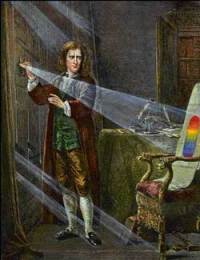 |
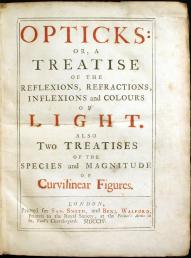 |
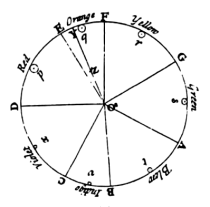 |
This debunked the popular belief at the time, that color was a mixture of light and darkness, and that prisms colored light. Hooke, proponent of this theory of color, had a scale that went from brilliant red, which was pure white light with the least amount of darkness added, to dull blue, the last step before black, which was the complete extinction of light by darkness.
When light reflects off an object, some colors are absorbed by the material; the ones reflected back are the colors we see. As a result of his experiment, Newton developed a color wheel that artists have been using since.
All About Color
Talking about color, in 1801, Thomas Young suggested that the human eye contains three types of color-sensitive receptors: one sensitive to blue light, one to green, and one to red–the three primary colors. His famous double-slit experiment established that light was a wave motion, although this conclusion was strongly opposed by contemporary scientists who believed that Newton, who had proposed that light travelled in longitudinal waves. However Young’s work was soon confirmed by the French scientists Fresnel and Arago. He proposed that light was a transverse wave motion whose wavelenght determined the colour.
 |
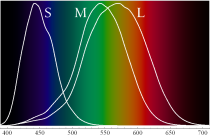 |
 Click the image to see longitudinal waves in motion |
 Click image to see transverse waves in motion |
In the mid-19th century, Clerk Maxwell demonstrated the formation of colors by mixing red, green and blue light. The process is called the additive system.
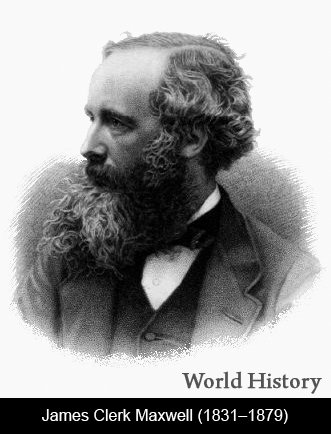 |
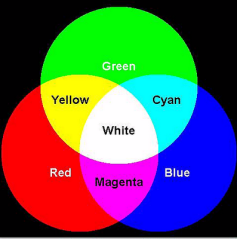 |
In the 1860’s, two Frenchmen, Charles Cros and Louis Ducos du Hauron, independently developed the subtractive process. With this method, three colored filters are used to remove unwanted colors from white light: yellow blocks blue light, magenta blocks green light, and cyan blocks red light.
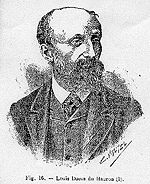 |
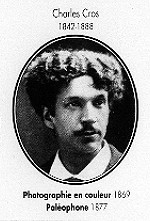 |
 Yellow blocks blue |
 Red blocks green |
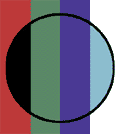 Cyan blocks red |
Blue Sky, Red Sunrises and Sunsets
Why does the sky have a reddish tint when the sun is near the horizon, and turn blue when the sun is higher in the sky? Well, light travels through space in a straight line as long as nothing disturbs it. As light moves through the atmosphere, it continues to go straight until it bumps into a bit of dust or a gas molecule. The atmosphere contains dust, water vapor, oxygen, nitrogen, etc. Particles that are larger than the wavelength of visible light (such as dust particles and water vapor) reflects all the wavelengths of light, thus maintaining its white color.
When light hits smaller particles (like nitrogen and oxygen molecules) it acts differently. Some of it may get absorbed. After a while, the molecule radiates (releases, or gives off) the light in a different direction. The color that is radiated is the same color that was absorbed. When the sun is higher in the sky, the light passes less molecules the higher frequencies (blues) are absorbed more often than the lower frequencies (reds). This process is called Rayleigh scattering. (It is named after Lord John Rayleigh, an English physicist, who first described it in the 1870’s.)
When the sun is lower in the sky, the light from the sun travels through denser atmosphere (more gas molecules)–more of the light is reflected and scattered. Less light reaches you, so the sun appears less bright. The color of the sun itself also appears to change, first to orange and then to red as it nears the horizon. The short wavelength blues and greens are now scattered, leaving the longer wavelengths (reds) that reaches your eyes. The moon also appears orange near the horizon, and white as it gets higher up in the sky.
Out in space, the sun appears white and the sky looks black because no atmosphere scatters and absorbes the light.
Next Lesson: Vision

